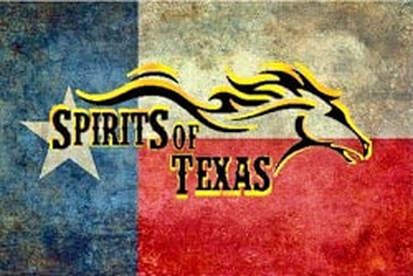February 22, 2021
A Lesson in Texas history
Hydraulic dredge “Comstock” catches fire at the mouth of the Brazos
By Bandera Spirits of Texas
On Feb. 17, 1913, the Comstock caught fire off the mouth of the Brazos River. The hydraulic hopper dredge General C. B. Comstock was built for the United States Army Corps of Engineers in 1895 and named for Cyrus B. Comstock, a prominent 19th Century Corps of Engineers officer.
The Comstock was ordered for service in Galveston and designed for southern climates, with a metal-sheathed wooden hull and an airy, well-ventilated superstructure. The vessel traveled to Galveston on her own keel in the summer of 1895 and spent most of her career there. The dredge was a very efficient machine that moved material at a cost of approximately 7.4 cents a cubic yard. She could move four or five full loads in a 10-hour day; the hoppers could be discharged in 7.5 minutes.
After being driven ashore by the Galveston hurricane of 1900, she could not be freed until a channel 50 feet wide and eight feet deep was dug to release her. After 1910 she was loaned to the Wilmington Corps District and sent to work first at Aransas Pass and afterward at Freeport.
On Feb. 17, 1913, she caught fire and burned to the water line. The crew was quickly rescued by fishermen from Quintana and the life-saving crew from Surfside, but the Comstock was a total loss.
The wreck was relocated during jetty construction in June 1987 and investigated and identified in 1988. The artifacts are in a collection at Corpus Christi Museum.
The Comstock was ordered for service in Galveston and designed for southern climates, with a metal-sheathed wooden hull and an airy, well-ventilated superstructure. The vessel traveled to Galveston on her own keel in the summer of 1895 and spent most of her career there. The dredge was a very efficient machine that moved material at a cost of approximately 7.4 cents a cubic yard. She could move four or five full loads in a 10-hour day; the hoppers could be discharged in 7.5 minutes.
After being driven ashore by the Galveston hurricane of 1900, she could not be freed until a channel 50 feet wide and eight feet deep was dug to release her. After 1910 she was loaned to the Wilmington Corps District and sent to work first at Aransas Pass and afterward at Freeport.
On Feb. 17, 1913, she caught fire and burned to the water line. The crew was quickly rescued by fishermen from Quintana and the life-saving crew from Surfside, but the Comstock was a total loss.
The wreck was relocated during jetty construction in June 1987 and investigated and identified in 1988. The artifacts are in a collection at Corpus Christi Museum.


